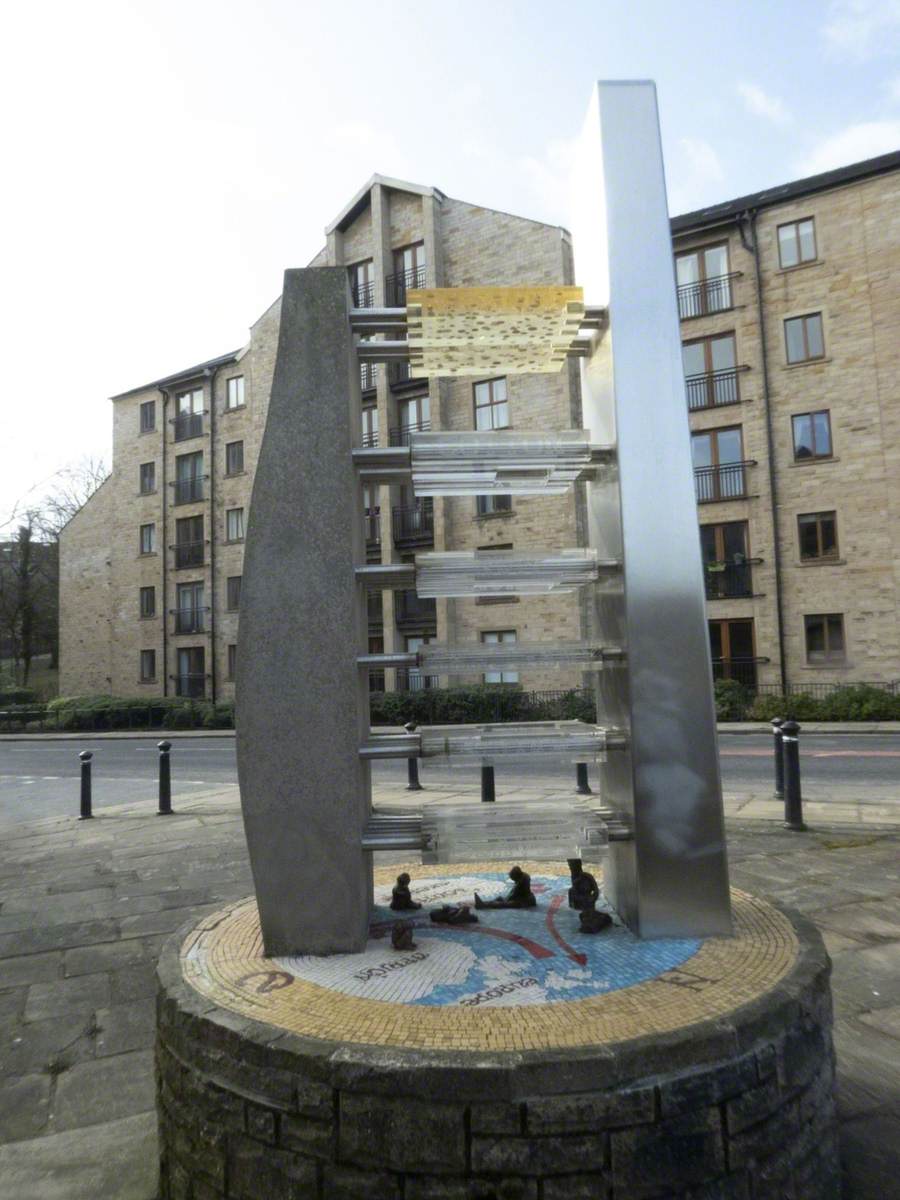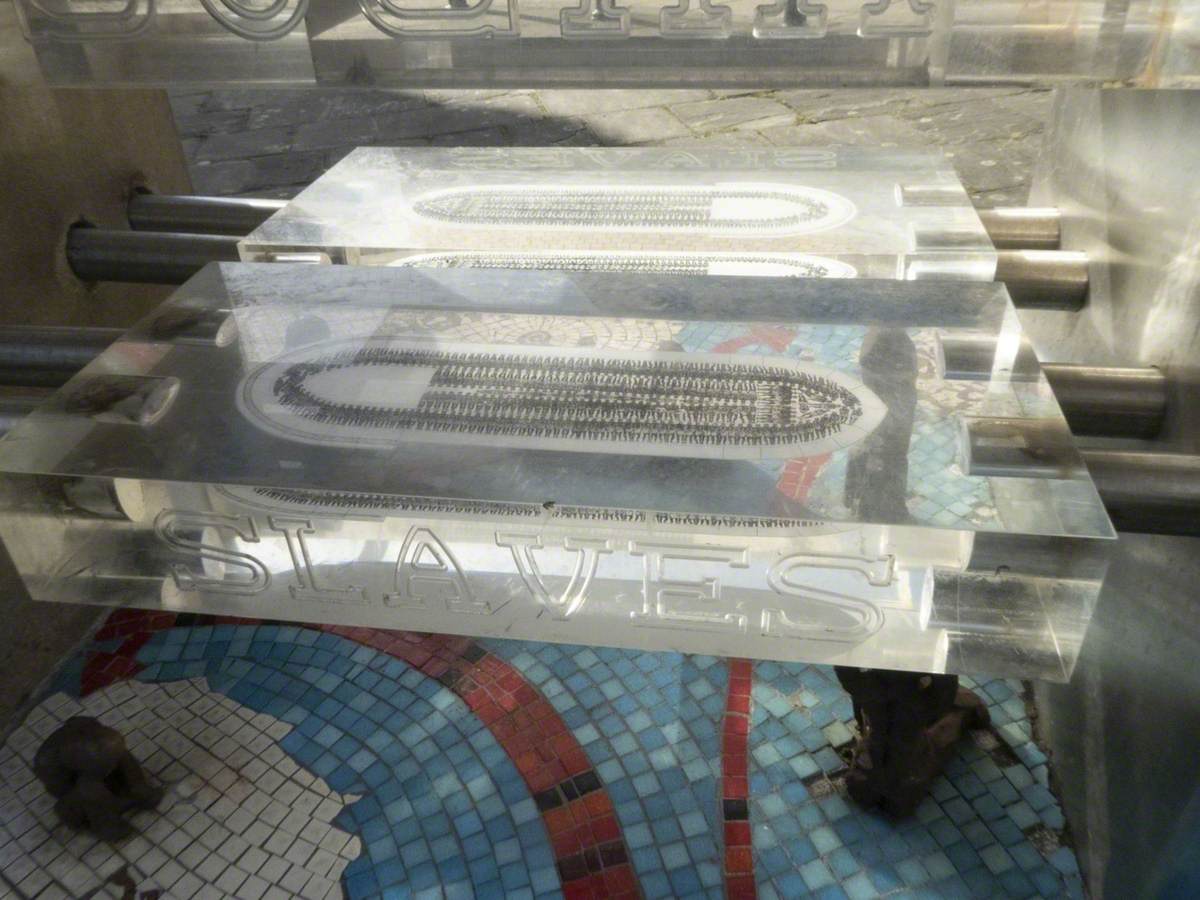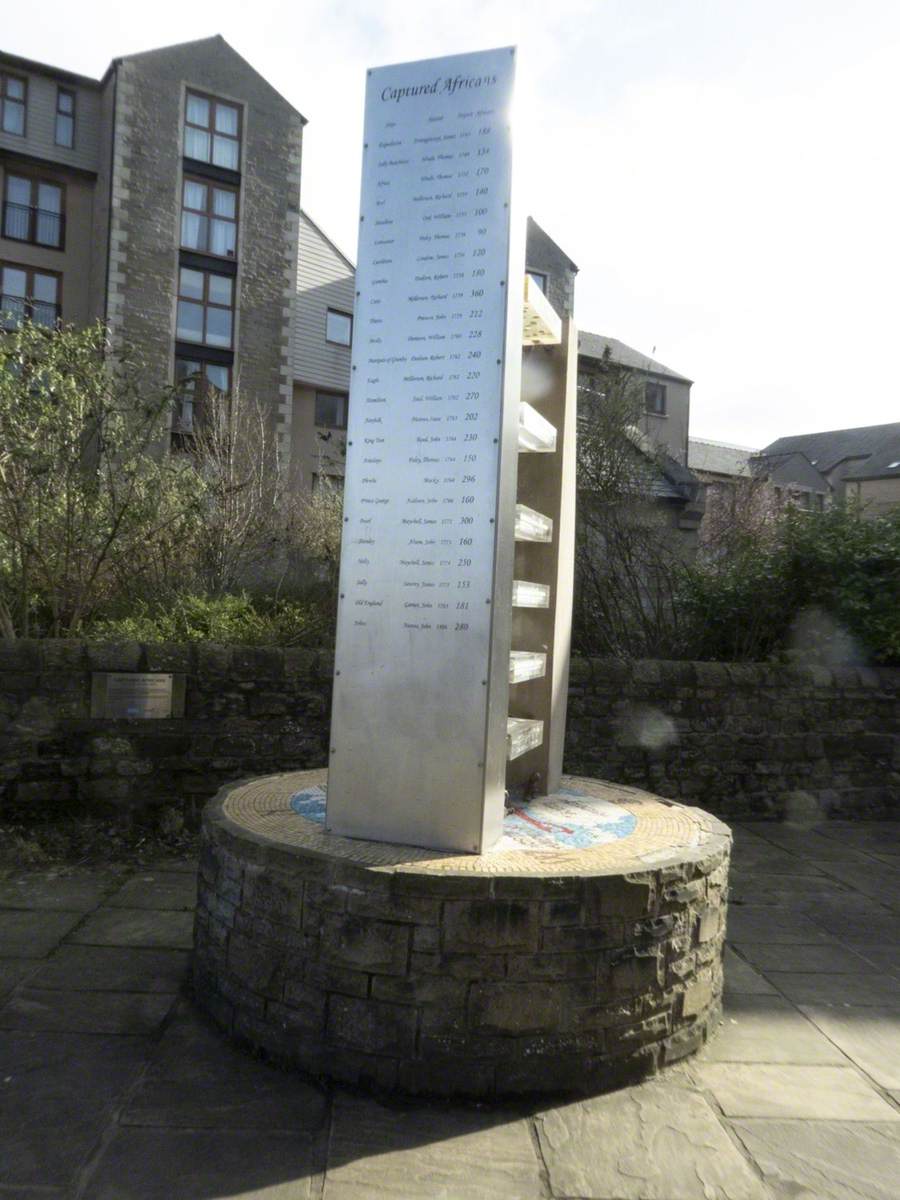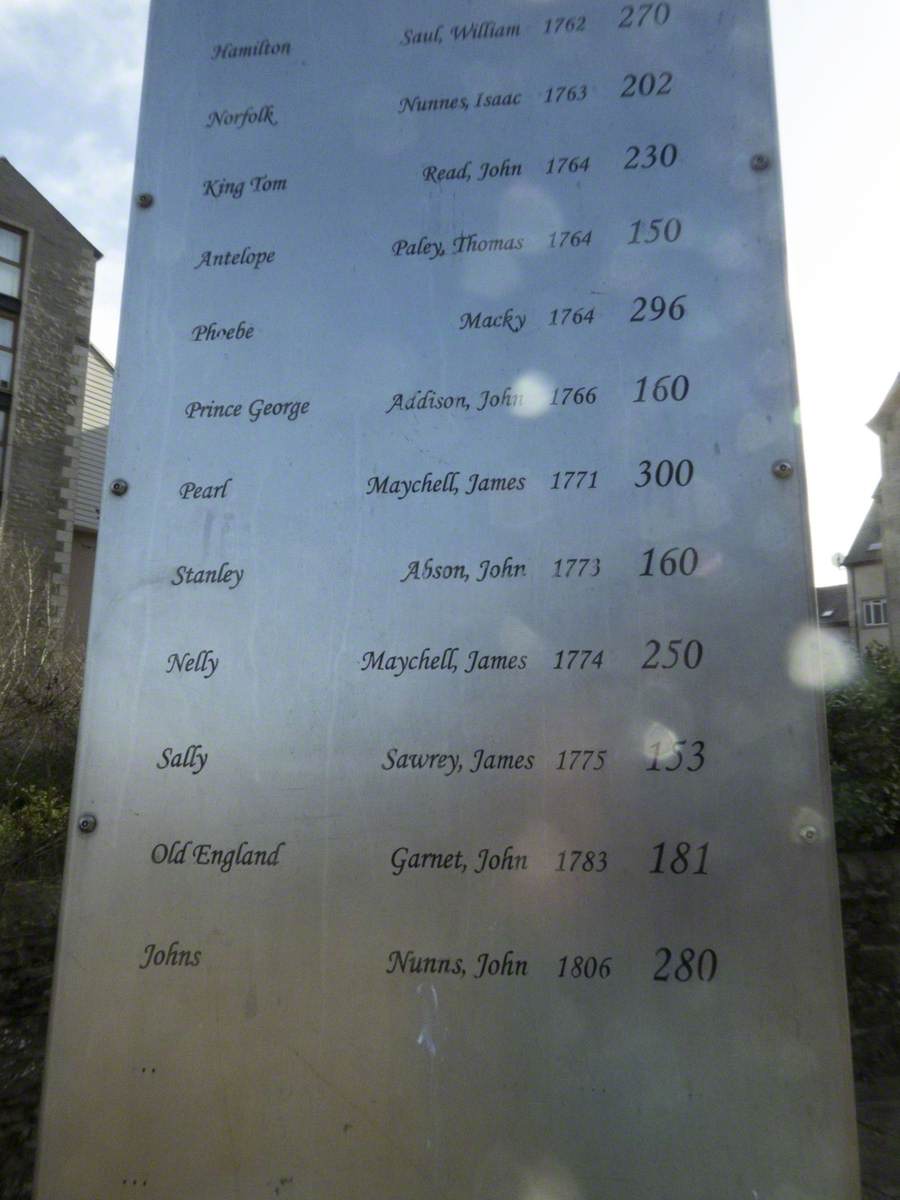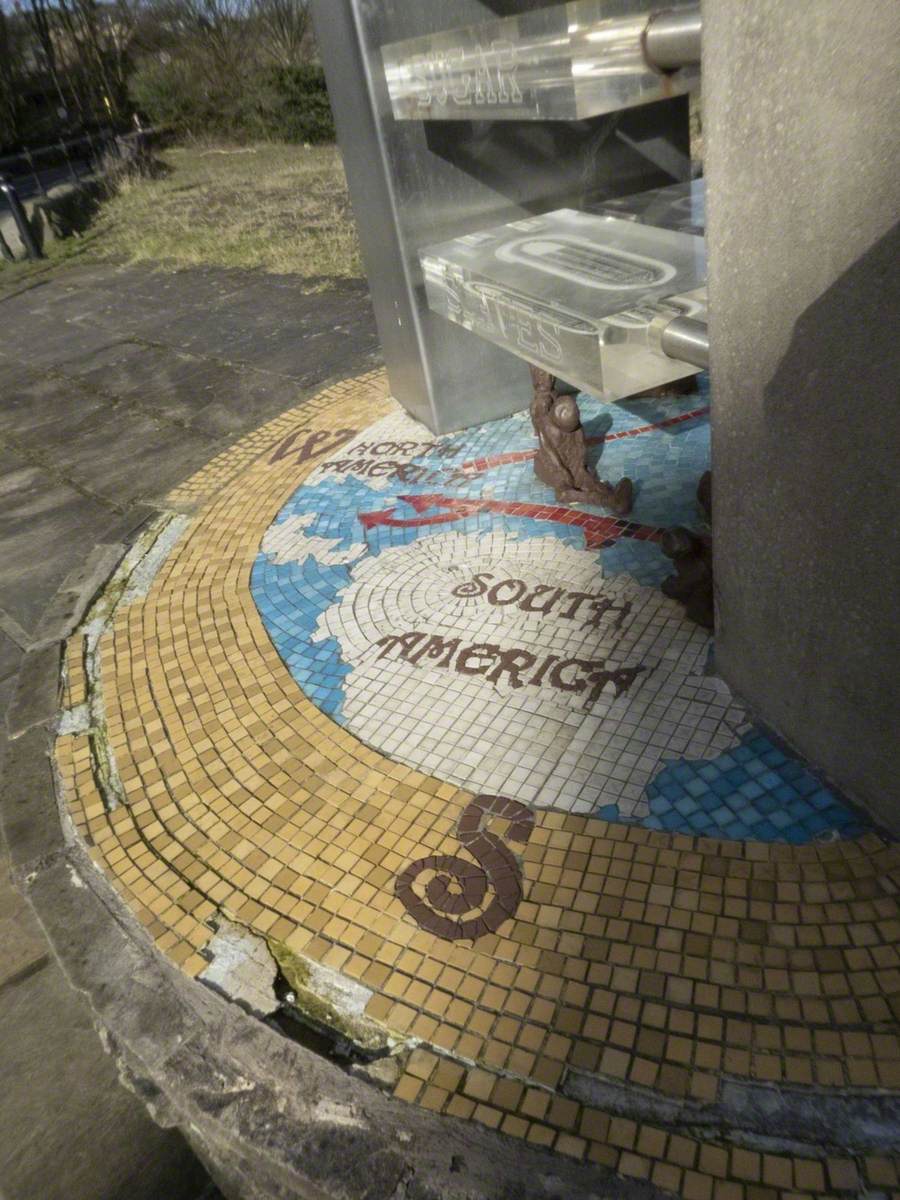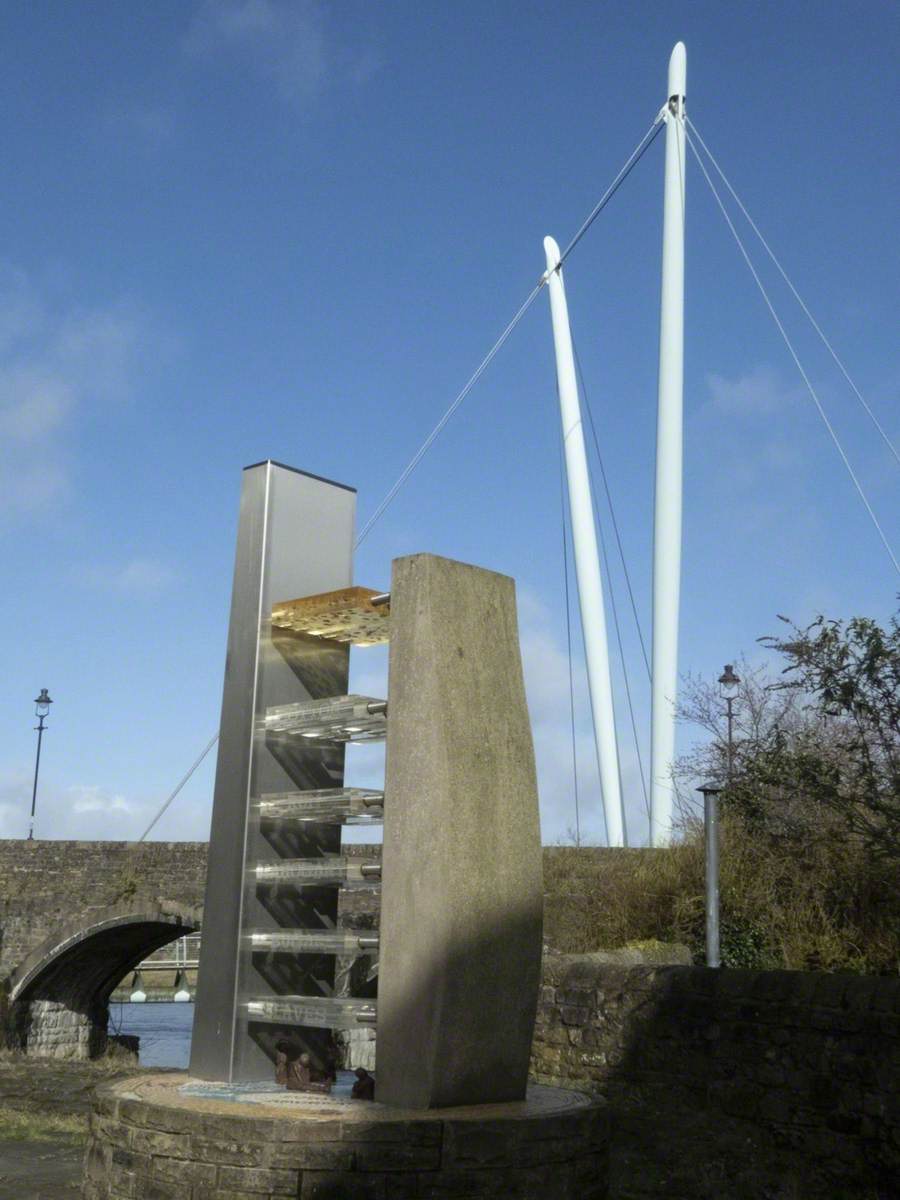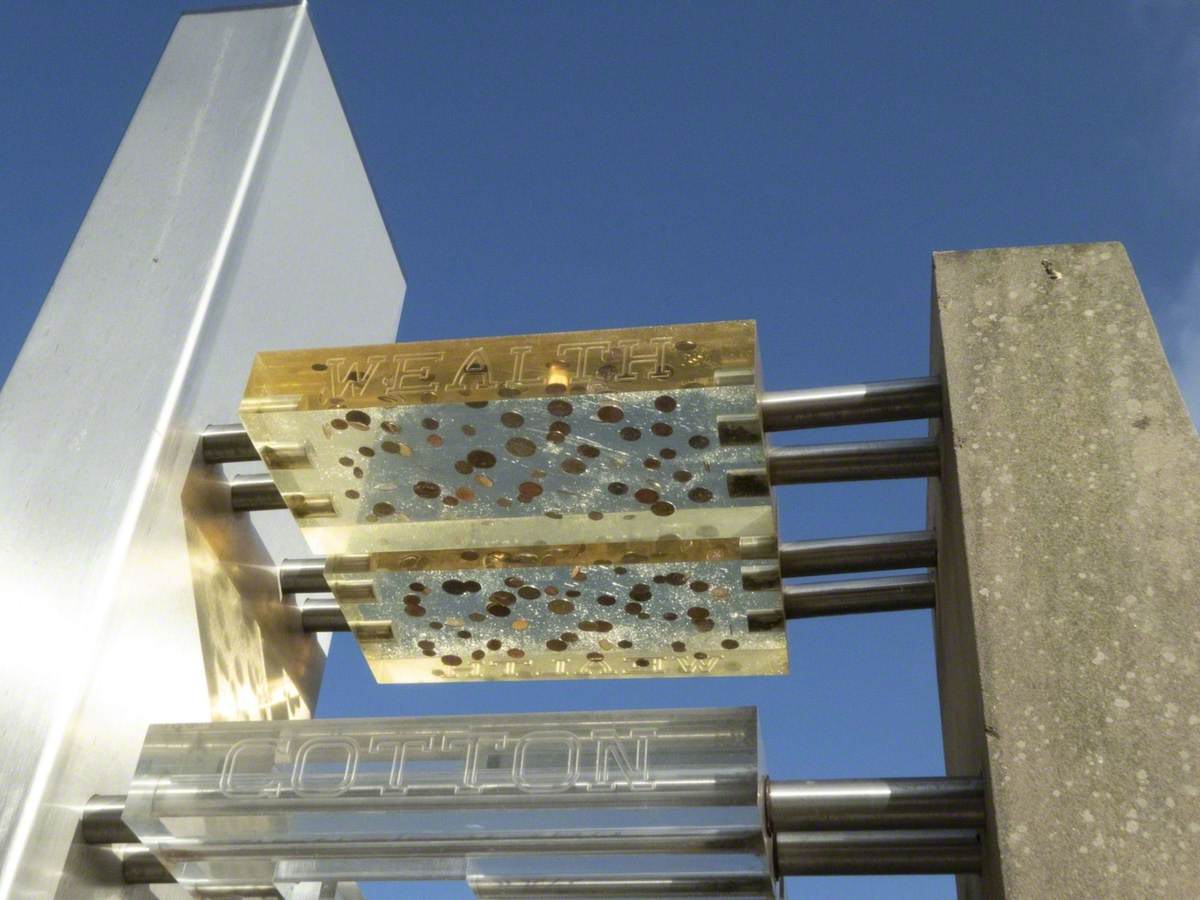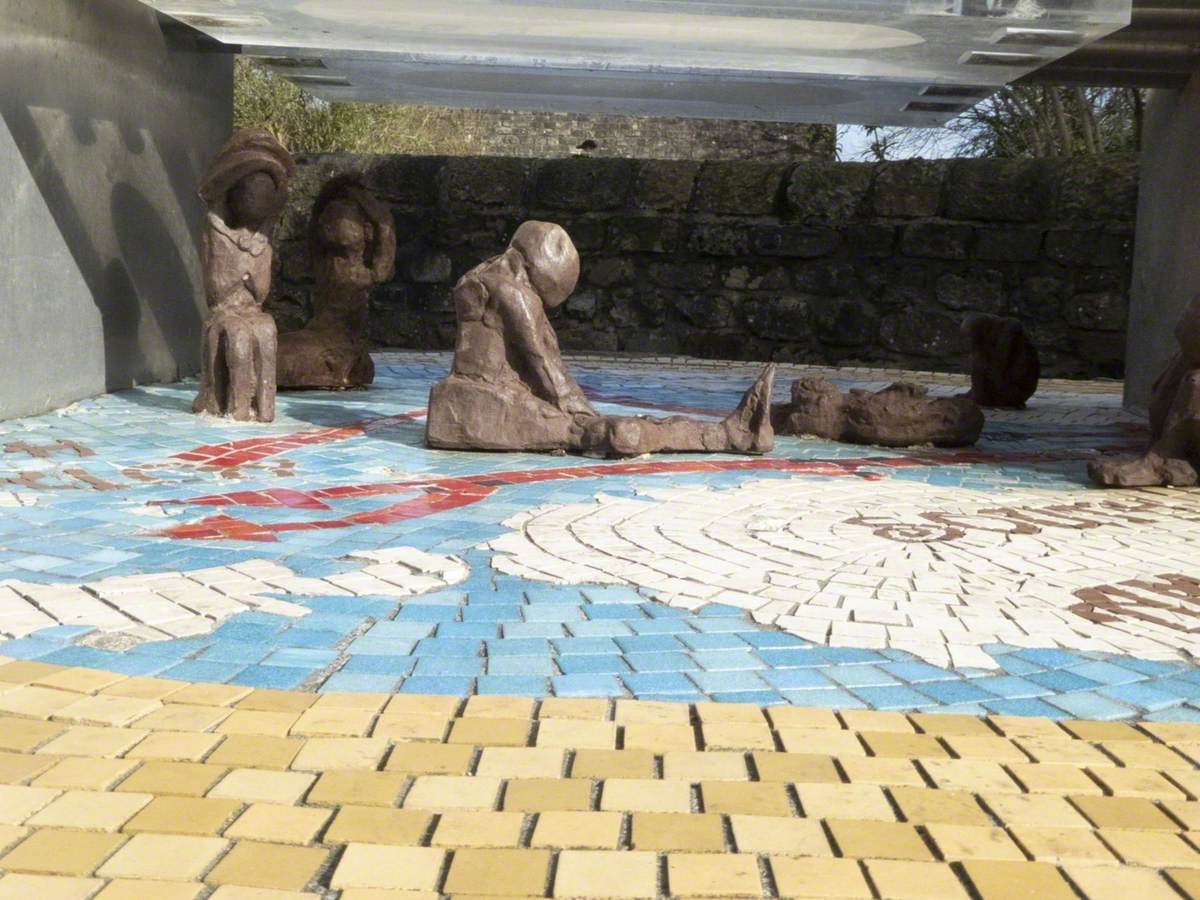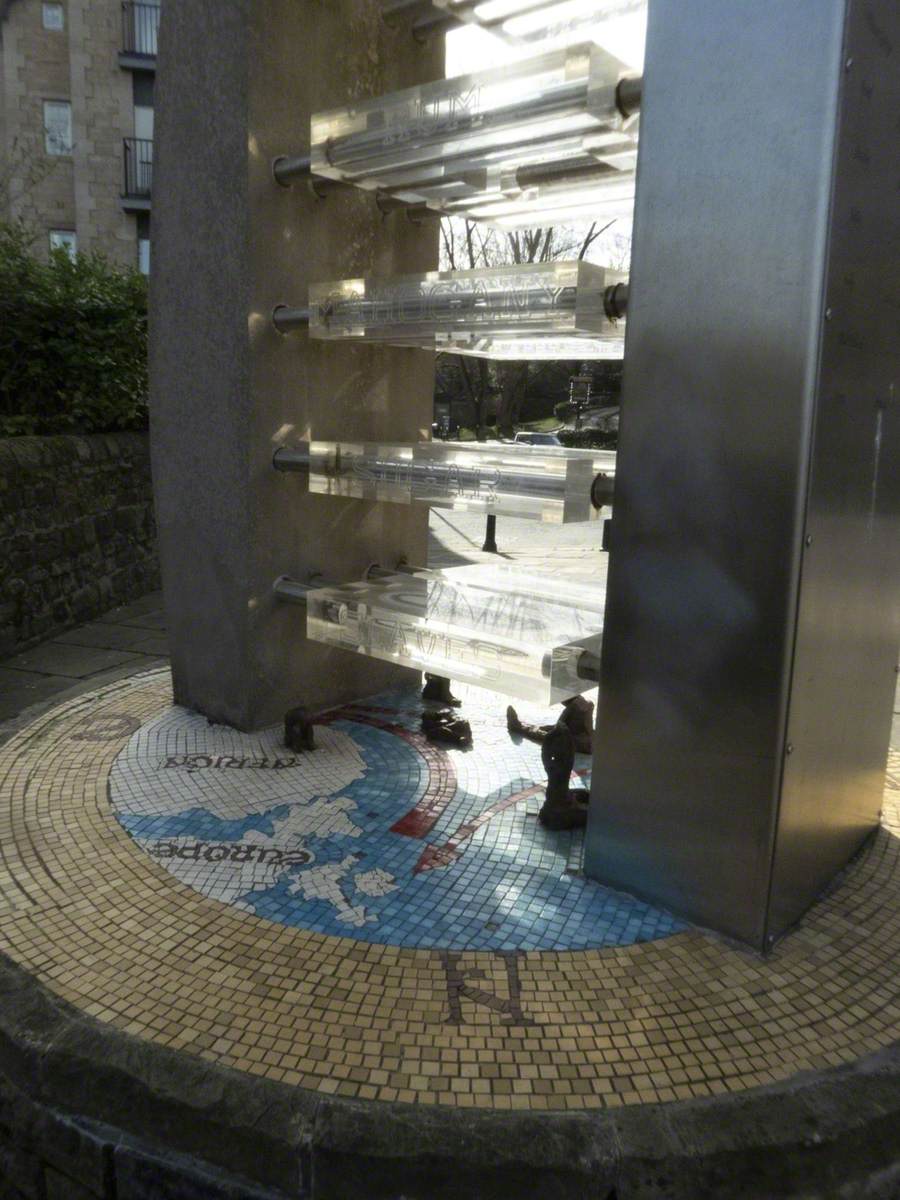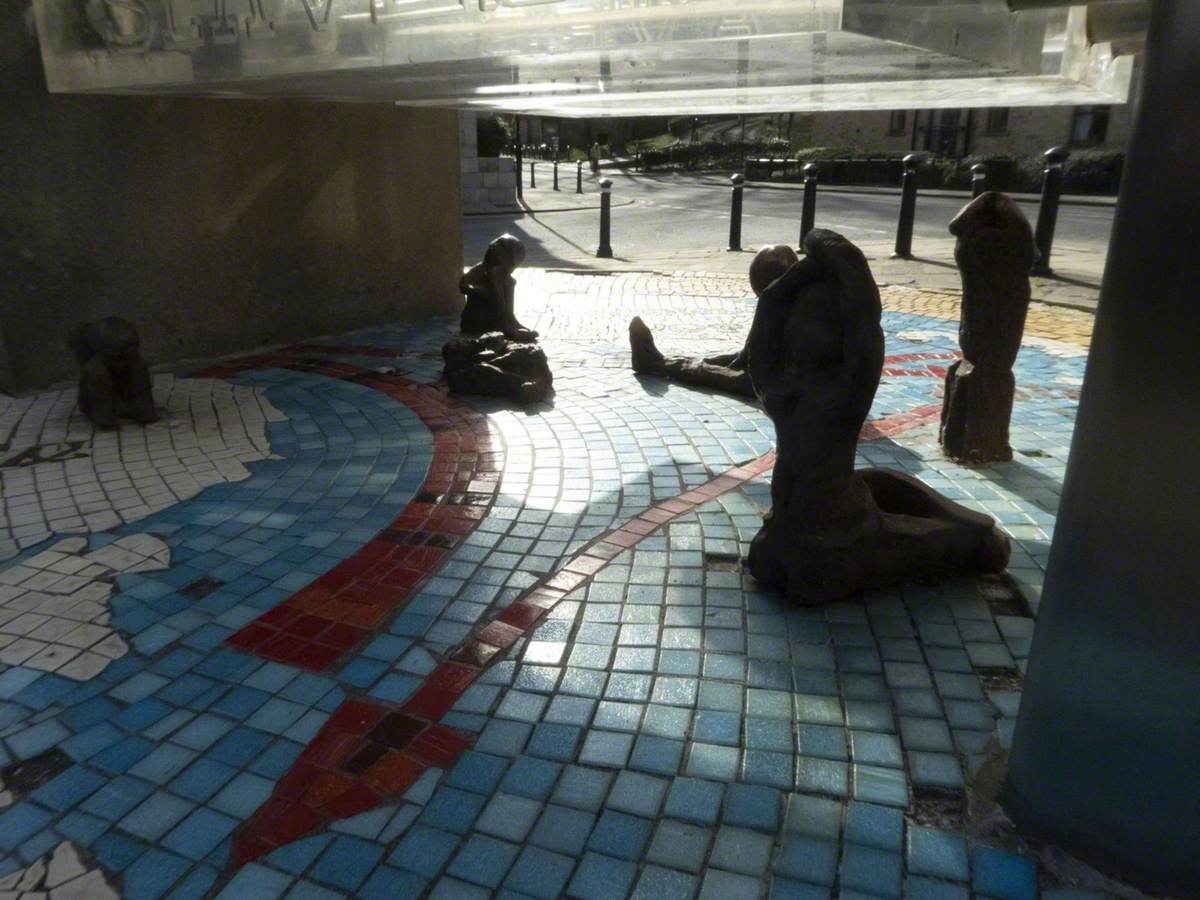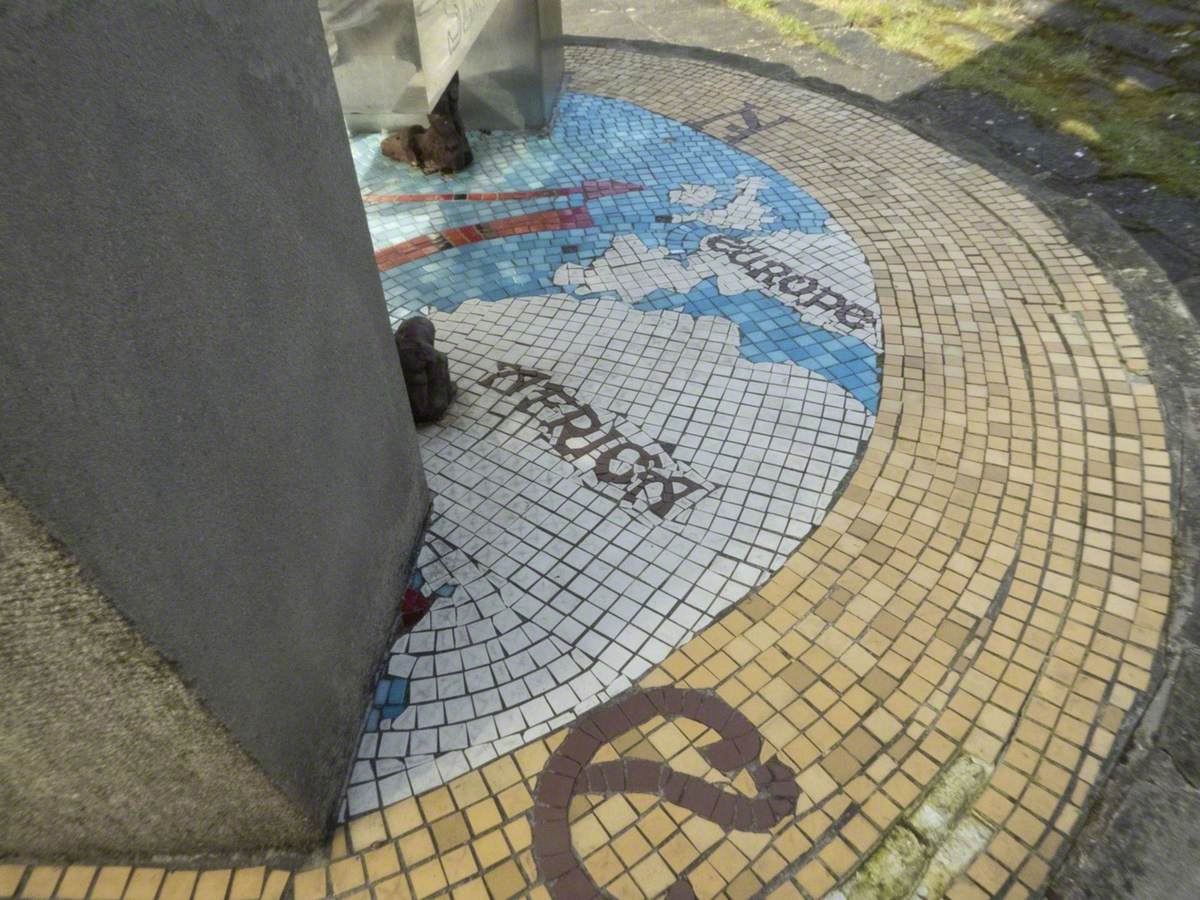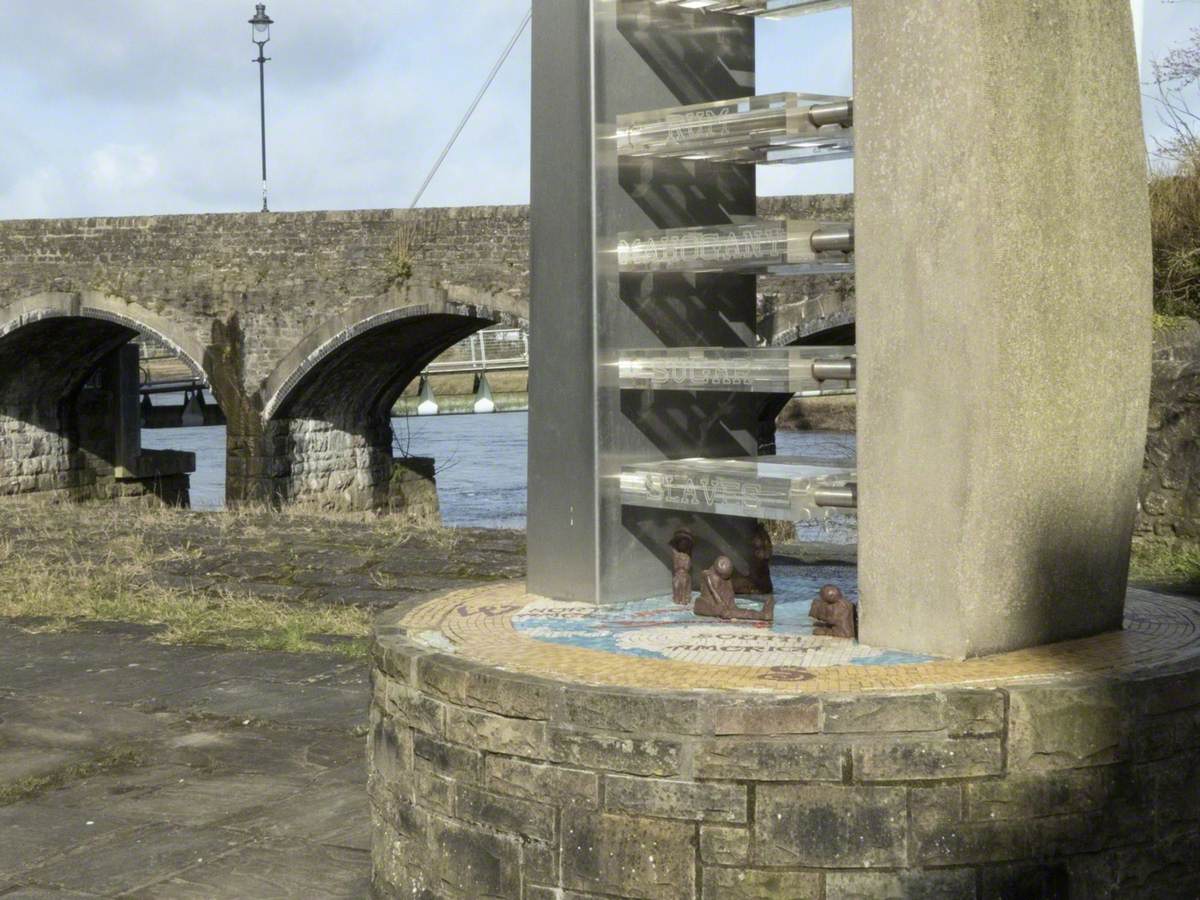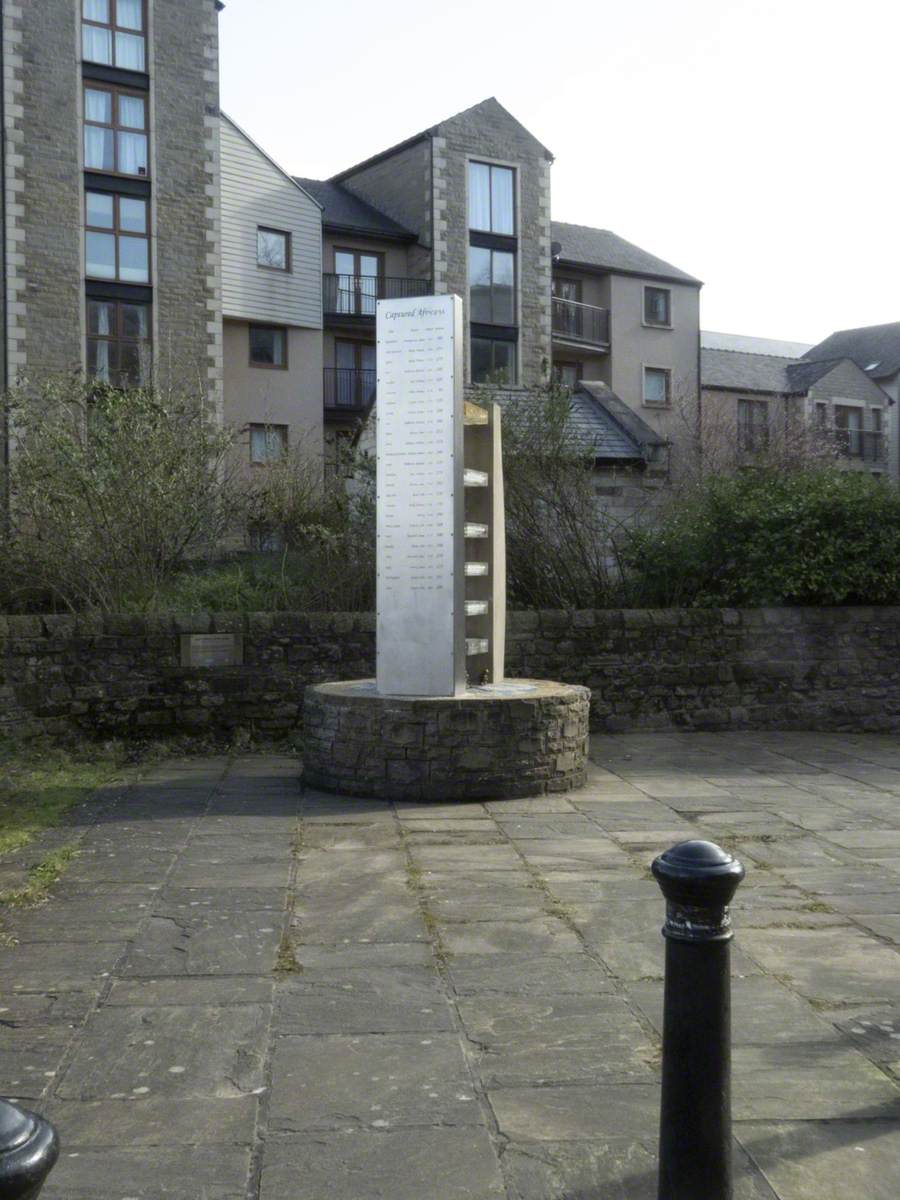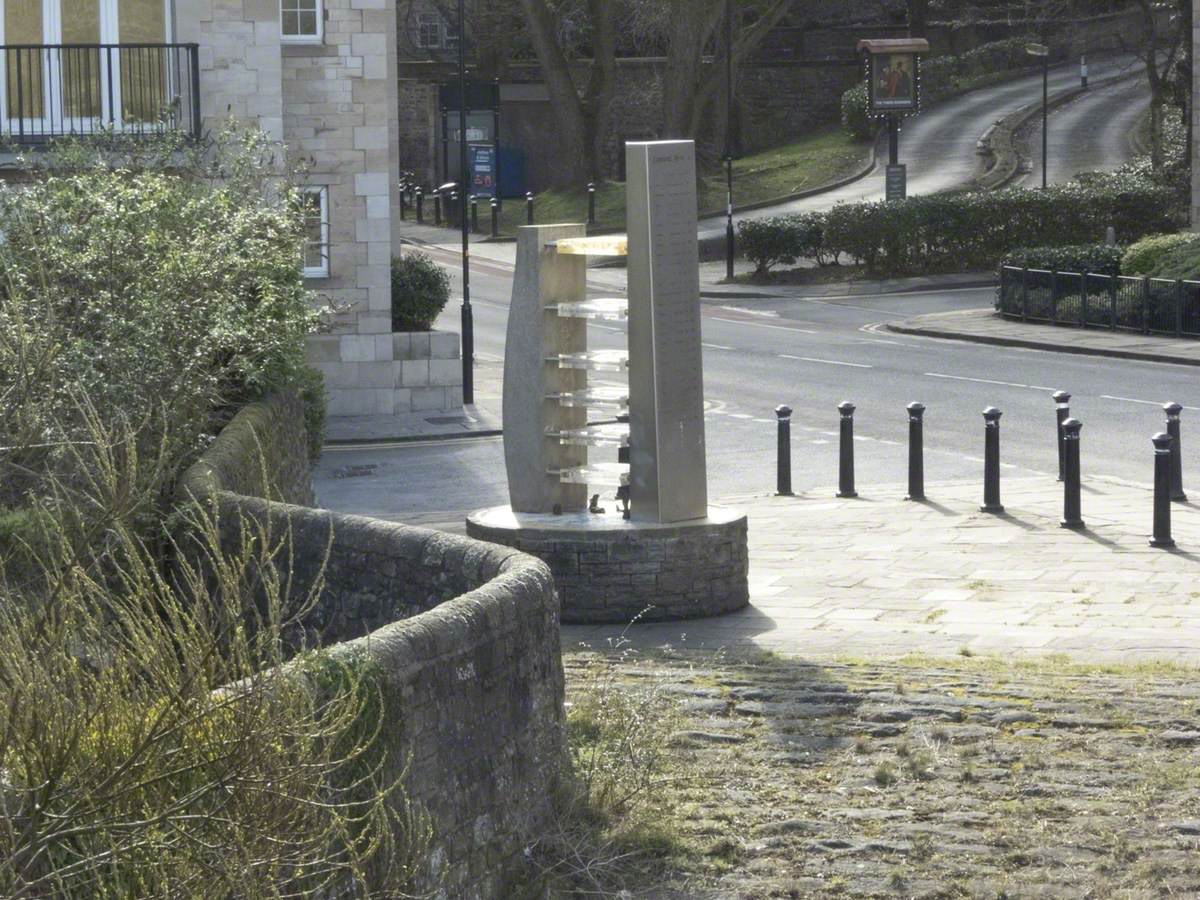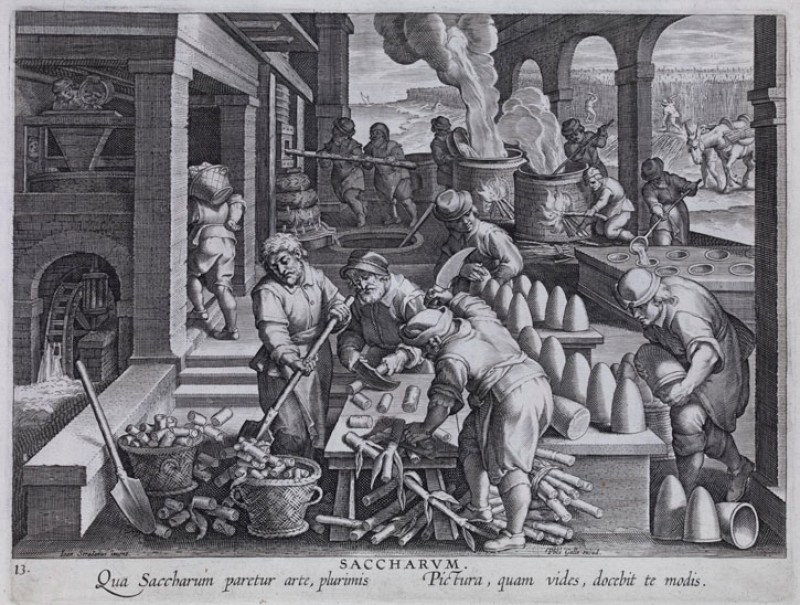How you can use this image
This image can be used for non-commercial research or private study purposes, and other UK exceptions to copyright permitted to users based in the United Kingdom under the Copyright, Designs and Patents Act 1988, as amended and revised. Any other type of use will need to be cleared with the rights holder(s).
Review the copyright credit lines that are located underneath the image, as these indicate who manages the copyright (©) within the artwork, and the photographic rights within the image.
The collection that owns the artwork may have more information on their own website about permitted uses and image licensing options.
Review our guidance pages which explain how you can reuse images, how to credit an image and how to find images in the public domain or with a Creative Commons licence available.
Notes
Add or edit a note on this artwork that only you can see. You can find notes again by going to the ‘Notes’ section of your account.
Between 1750 and 1790 alone, Lancaster merchants were responsible for the forced transportation of around 29,000 African men, women, and children across the Atlantic Ocean to the Americas. The sculpture reflects a cross-section of a slave ship sailing on a mosaic Atlantic Ocean – the mosaic illustrates the triangular trade route between Europe, Africa, and the Americas. A series of figures in different poses represent the Africans who were transported across the Atlantic. Six plinths represent the layers of decks in the hold of the ship where the captured African people were carried in iron shackles, packed like cargo. The bottom plinth is labelled 'Slaves' and is embedded with the famous image of the slave ship 'Brooks', used by the abolition movement to raise awareness of this cruelty.
The stainless-steel column lists many of the ships that sailed from Lancaster and the number of slaves they captured and transported. The sculpture was created with the assistance of ten supporting artists and 300 young people.
Title
Captured Africans
Date
2005
Medium
steel, perspex & ceramic
Measurements
H 300 x W 100 x D 75 cm (E);
Plinth: H 100 x W 200 x D 200 cm (E)
Accession number
LA1_AG_S042
Acquisition method
commissioned by the Slave Trade Art Memorial Project; funded by the Millennium Commission (National Lottery), Arts Council England, Lancaster City Council, Lancashire County Council, and Cumbrian Industrials Ltd
Work type
Sculpture
Owner
Lancaster City Council
Custodian
Lancaster City Council
Work status
extant
Unveiling date
2005
Access
at all times
Inscription description
a metal engraved plaque set in a wall near the sculpture reads: CAPTURED AFRICANS / Created by Kevin R.I.Dalton-Johnson / 'Captured Africans' was developed as part of the Slave Trade Memorial Project, (STAMP) an extensive arts education outreach programme led by SuAndi OBE and delivered by artists Sue Flowers, Max Alder, Anthony Watt, Evadney Clarke, Anita Franklin, Faith Bebbington, Steve Papaye-Richards and Janet Griffiths. / Creative support from Ann McArdle, Alan Ward, Boydell Pipework and Fabrications Ltd, Northern Cast Acrylics, Merseyside Castings and Engineering Co., Thermoplastics Ltd, Trade Engravers Ltd / Funded by Millennium Commission (Lottery), Arts Council England, Lancaster City Council, Lancashire County Council, Cumbrian Industrials Limited
